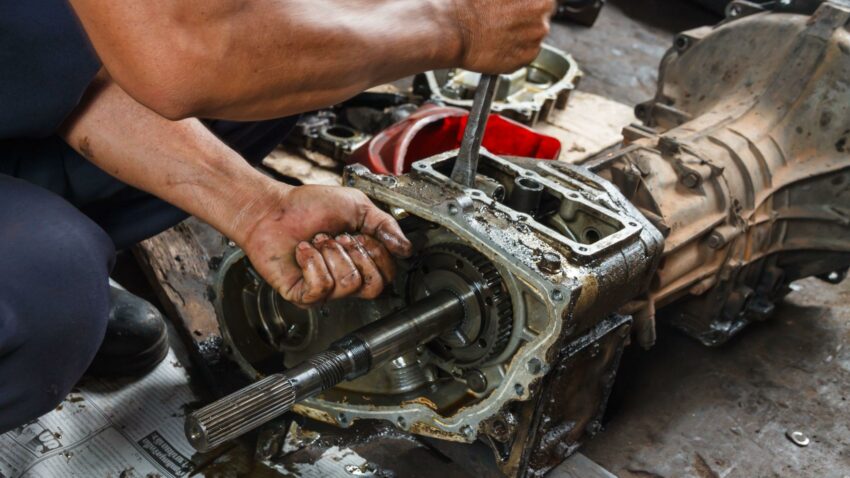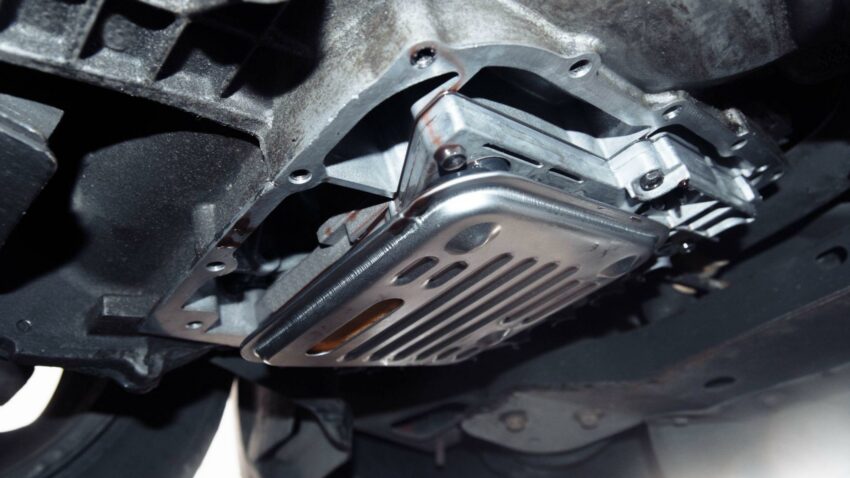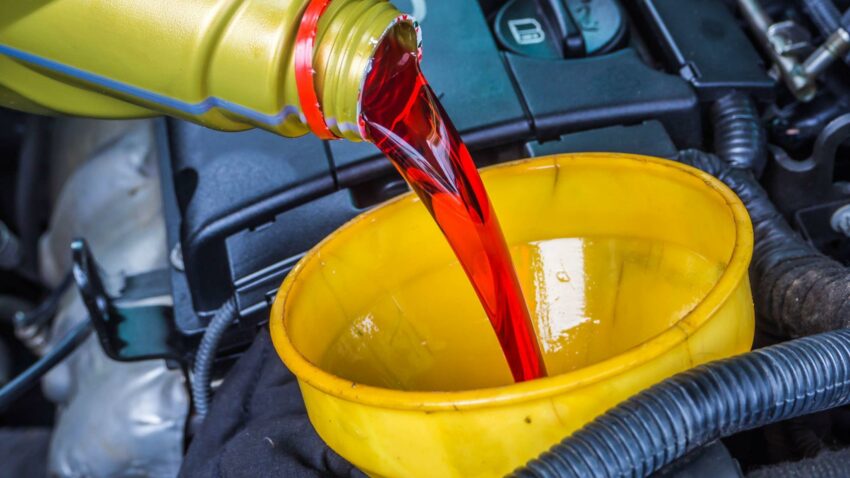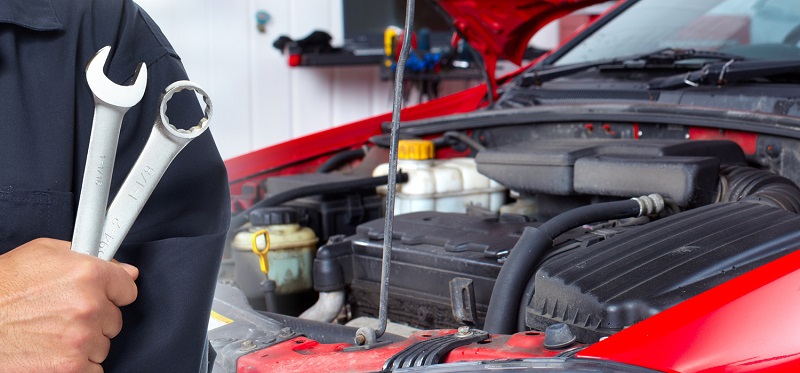There’s nothing more frustrating than dealing with automatic transmission failure. Yet, it’s a widespread problem for countless car owners. Chances are you’ve had transmission trouble in the past. Whether you’ve made the necessary repairs, had a replacement transmission installed, or purchased another vehicle altogether, you want to avoid the same problems you had earlier.
Let’s dive into the reasons why automatic transmissions usually fail and then explore several ways to get yours past 200,000 miles and beyond.
What Leads to Transmission Failure
A typical automatic transmission has many causes for failure, with heat being a huge factor. In fact, over 90% of transmission failures involve overheating. Most automatic transmission fluids have an optimal temperature range between 175 degrees Fahrenheit and 220 degrees Fahrenheit. Any hotter and fluid begins to break down, losing crucial detergents, friction modifiers, and other additives needed for smooth, trouble-free operation.

Neglect is another common cause of automatic transmission failure. There are plenty of stories out there of owners never checking or changing their transmission fluid until the worst happens. By the time a repair shop finally gets to check the unit, the damage is already done.
The last thing you’d want is for your automatic transmission to be on the verge of failure. Catching these signs early on can go a long way towards increasing your transmission’s longevity:
- Gear slippage
- Harsh or sluggish gear changes
- Strange odors
- Dark transmission fluid
- Check engine light
- Fluid leaks
Here are some ways to extend the lifespan of your transmission:

Check Your Transmission Fluid Regularly
Just as you’d check your engine oil, you should do the same for your transmission. Checking the transmission fluid on a monthly basis helps extend your transmission’s service life while safeguarding against common failures. Here’s what you’ll look for during your monthly fluid checks:
Fluid levels – With the engine running, the transmission warm, and the vehicle in park, locate the transmission dipstick and make sure the fluid is within the correct marks. Too much or too little fluid can adversely affect transmission life and performance. Slow leaks can also cause
transmission fluid levels to fall below operating minimums.
Fluid color and odor – Get a good look at the transmission fluid and put it through the smell test. What you’re looking for is fluid that’s clear and relatively bright red in color. The darker the fluid, the older and more worn it is.
Debris and particles – Fluid that has metal particles or any other type of debris should be changed as soon as possible.
Some vehicles come equipped with transmissions that are “sealed for life” and/or use “lifetime” fluids.

These transmissions often lack external dipsticks, making it harder for all but service technicians to check fluid levels. There’s been plenty of vigorous debate about whether these fluids actually last for the life of the vehicle, but we’re erring on the side of caution. You’re better off having the fluid checked for wear and contamination at least every 50,000 miles.
Change the Transmission Filter
The transmission filter collects metal particles, loose clutch material, and other debris that would otherwise float around and get trapped elsewhere. A clogged filter reduces your transmission’s performance and puts it in greater danger of failing. Replace the filter alongside the fluid during regular
service.
Use the Correct Transmission Fluid
Another big mistake most people make is using the wrong transmission fluid for their vehicles. There are many different types of transmission fluid out there, but most are formulated for specific vehicle makes and models. Each fluid contains friction modifiers and other additives that are tailored to the transmissions used in those vehicles.

Using the wrong fluid can quickly degrade transmission performance, leading to harsher or delayed shifting, overheating, and eventual transmission failure. An immediate drain and refill using the correct fluid may save your transmission if caught very early, but catastrophe awaits the longer the mistake goes unnoticed.
Keep Your Transmission Cool
As mentioned before, heat is a notorious killer of automatic transmissions. Fortunately, there’s plenty you can do to keep your automatic transmission from losing its cool:

Take care of your cooling system – Your car’s cooling system isn’t just designed to keep your engine cool. Most radiators also feature a built-in transmission cooler, which makes it even more important to check coolant levels, inspect hoses, and watch out for coolant leaks.
Add an external transmission cooler – These coolers are an inexpensive upgrade that adds years to your transmission’s lifespan. External transmission coolers remove additional heat from the transmission fluid, making them ideal if you regularly tow or haul heavy loads or drive in stop-and-go traffic.
Change your transmission fluid regularly – If you want your transmission to live a long life, plan on changing the fluid every 30,000 to 60,000 miles. Have it changed sooner if the fluid begins to show signs of wear or if you regularly use your vehicle for towing, hauling or city driving with plenty of stops.
Consider Using Synthetic Transmission Fluid
Just like synthetic motor oil, using synthetic transmission fluid has its advantages. For starters, synthetic transmission fluid offers better resistance against heat and cold, as well as oxidation. As a result, these fluids hold up better and longer than conventional transmission fluid made from organic compounds.

Don’t Wait to Deal With Transmission Problems
The longer you wait to tackle a transmission problem, the worse it becomes over time and the more expensive it becomes to fix it. Addressing transmission issues at the very first sign of trouble not only saves you money on repairs, but it’ll also prolong your transmission’s service life. If you don’t follow these steps you may end up buying a used transmission for sale from a place like reman-transmission.com
Contributed by: Luke Wilhoit, Managing Editor at CarPartPlanet.com

CarSpiritPK welcomes Guest Posts. If you have the ability to generate quality content and can write some relevant and useful piece of information to be shared with our readers, feel free to contact us at: [email protected] Send you emails titled as (Guest Post submission)




